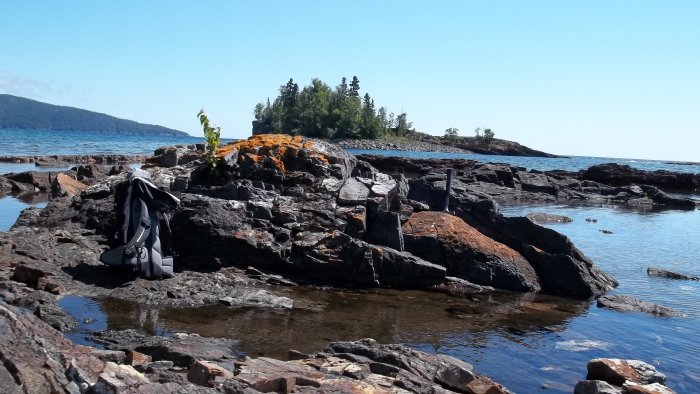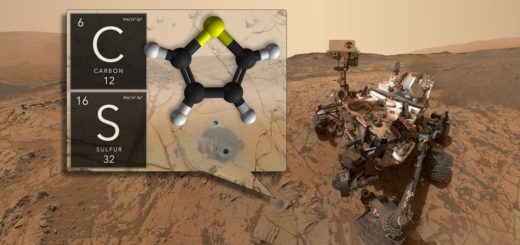Different Form Of Complex Life Existed On Earth Before Us – Scientists Say
– We are not the first complex life-form on this planet. Another form of complex life once existed, but disappeared at some point in the past. Then, it re-appeared again.
According to our current knowledge, complex life appeared at least 1.75 billion years ago.
However, a study conducted by researchers from the University of Washington (UW), suggests that more than a billion years before life really took hold, complex life developed in the oceans.
In a paper published Jan. 18 in the Proceedings of the National Academy of Sciences, lead author Michael Kipp, a UW doctoral student in Earth and space sciences, analyzed isotopic ratios of the element selenium in sedimentary rocks to measure the presence of oxygen in Earth’s atmosphere between 2 and 2.4 billion years ago.
Researchers used element selenium in sedimentary rocks as a tool to measure oxygen levels in the Earth’s atmosphere some 2 to 2.4 billion years ago.
The results show that there was enough oxygen for complex life cells to develop.

“There is fossil evidence of complex cells that go back maybe 1 ¾ billion years, but the oldest fossil is not necessarily the oldest one that ever lived – because the chances of getting preserved as a fossil are pretty low,” said Professor Roger Buick from the University of Washington and co-author of the study.
“This research shows that there was enough oxygen in the environment to have allowed complex cells to have evolved, and to have become ecologically important, before there was fossil evidence. That doesn’t mean that they did — but they could have.”
Though it is not the first time the theory of increased oxygen has been proposed, the study sheds new light on how selenium had been changed by the presence of oxygen and affected the appearance and disappearance of complex life
It was previously assumed that oxygen appeared on Earth and gradually increased to the point where complex life could exist.
“But what it looks like now is, there was a period of a quarter of a billion years or so where oxygen came quite high, and then sunk back down again,” Buick explained. This duration is important.
“Whereas before and after maybe there were transient environments that could have occasionally supported these organisms, to get them to evolve and be a substantial part of the ecosystem, you need oxygen to persist for a long time,” said lead author Michael Kipp.
What caused oxygen levels to soar this way only to crash just as dramatically?
“That’s the million-dollar question,” Stüeken said. “It’s unknown why it happened, and why it ended.”
“It is an unprecedented time in Earth’s history,” Buick said. “If you look at the selenium isotope record through time, it’s a unique interval. If you look before and after, everything’s different.”
Named after the Greek word for moon, selenium is an effective tool to probe oxygen levels in deep time could also be helpful in the search for oxygen — and perhaps also life beyond Earth, the researchers said.



 Creators of mankind
Creators of mankind Description of “Tall white aliens”
Description of “Tall white aliens” Where they came from?
Where they came from? About hostile civilizations
About hostile civilizations The war for the Earth
The war for the Earth “Tall white aliens” about eternal life
“Tall white aliens” about eternal life Video: “Nordic aliens”
Video: “Nordic aliens” Aliens
Aliens Alien encounters
Alien encounters The aliens base
The aliens base UFO
UFO Technology UFO
Technology UFO Underground civilization
Underground civilization Ancient alien artifacts
Ancient alien artifacts Military and UFO
Military and UFO Mysteries and hypotheses
Mysteries and hypotheses Scientific facts
Scientific facts


















